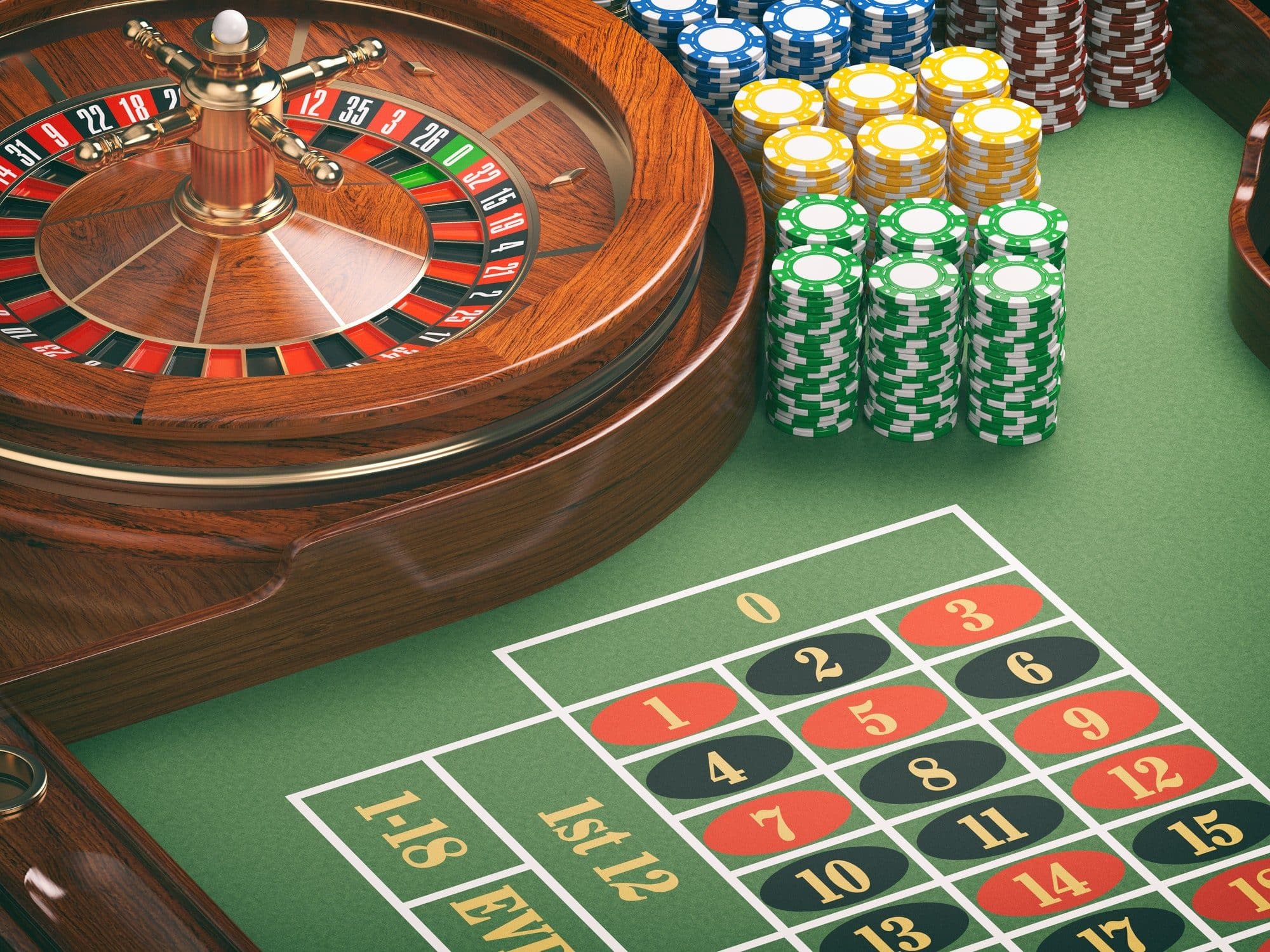How Gambling Games Use Shade and Design to Entice Participants

Within a vibrant and thrilling world of casinos, wherein fortune and strategy intertwine, hues and design play a key role in attracting gamblers. As soon as players step into a casino or log into a gaming website, they are enveloped in a sightly feast that captures their attention and entices them to discover more. Vivid colors, captivating graphics, and innovative layouts are meticulously crafted to create an atmosphere of thrill and anticipation, ultimately improving the gaming experience.
As players navigate through the dynamic landscape of casino games, they come across a range of designs that not only serve visual purposes but also affect feelings and choices. Colors like scarlet and gold symbolize wealth and fortune, while soothing blues and emeralds can create a much tranquil environment. Understanding how these elements work together allows casinos to create an welcoming and stimulating atmosphere that encourages players to interact with the games, spend more time at the tables, and increase their general enjoyment.
The Study of Color in Casino Games
Color plays a crucial role in the development of gaming experiences, shaping player emotions and behaviors. Vivid and bold colors, such as crimson and amber, are often used to ignite thrill and draw attention. These hues create a sense of immediacy and dynamism, encouraging players to engage more enthusiastically with the game. By thoughtfully selecting hues, designers aim to elicit feelings of satisfaction and anticipation, which can enhance the total player experience.
Distinct hues also have psychological connotations that can affect how players perceive their odds of victory. For case, green is frequently associated with luck and prosperity, making it a frequent choice in activities like the roulette wheel and poker tables. This link can lead participants to feel more positive and confident in their gameplay, ultimately motivating them to wager more. Comprehending these links allows game creators to craft environments that enhance player enjoyment and retention.
Moreover, the interface of gambling game interfaces often utilizes blended colors and contrasting hues to direct players’ responses. For instance, successful combinations may be highlighted with vivid, opposing hues, creating a visual reward. This method reinforces positive outcomes and promotes repeated participation. By utilizing color psychology, casinos can develop activities that not only draw gamblers but also maintain them engaged and committed in their game experience.
Design Elements that Engage Gamers
The aesthetic appeal of gambling games is primarily influenced by the implementation of bold colors. Lively and contrasting colors are strategically chosen to create an appealing atmosphere that grabs attention. For instance, reds and golden hues often signify good fortune and wealth, which is why they are prevalent in the color schemes of gaming machines and game surfaces. These colors not only draw players in, but they also evoke emotions related to thrill and anticipation, enhancing the overall gaming experience.
In parallel to color, the design and layout of casino games play a significant role in captivating players. Games are designed to be user-friendly, ensuring that players can quickly understand the guidelines and mechanics. Accessible interfaces, along with captivating graphics and motion, help maintain player interest and promote extended play sessions. The physical elements, such as the texture of the buttons and the audio of the games, also add to a comprehensive sensory experience that keeps players engaged.
Finally, conceptual elements in gaming design can significantly influence gaming decisions. Many gambling games are inspired by popular culture, fairy tales, or exploration motifs, incorporating symbols and characters that connect with players. These themes create a sense of immersion and connection, making each game feel distinct. When players feel a bond to the concept, they are more likely to choose that game over others, leading to higher participation and excitement within the gambling environment.
Case Studies: Successful Gambling Table Game Designs
One prime example of effective casino game design is the acclaimed slot machine series based around popular movies. Games such as those based on the Wizard of Oz and Game of Thrones utilize vibrant colors and high-quality graphics to engage players in familiar narratives. The application of dynamic visuals and engaging sound effects captures the interest of players, establishing an affective connection to the theme. This approach not only promotes longer play but also improves the overall gaming experience, resulting in increased player retention.
Another notable case is the use of color psychology in table games like 21 and the wheel. Casinos often create these games with rich reds and greens, colors traditionally linked with luck and wealth. casino not on GamStop For instance, the green felt on a blackjack table provides a calming effect, while the red accents in the wheel invite thrill. This deliberate use of color helps to establish an inviting atmosphere that encourages players to join in, satisfying their psychological impulses and boosting their enjoyment.
Finally, social casino games that feature social features and vivid, lively designs have experienced remarkable success in engaging players. Games like Zynga Poker and Slot-O-Mania leverage striking colors and playful animations to establish an inviting online environment. The integration of leaderboards, social sharing options, and in-app rewards promotes competition and community, pulling players in for longer sessions. Such designs not just make the games visually attractive but also emphasize social connectivity, a vital factor in player retention and engagement within digital casino environments.
